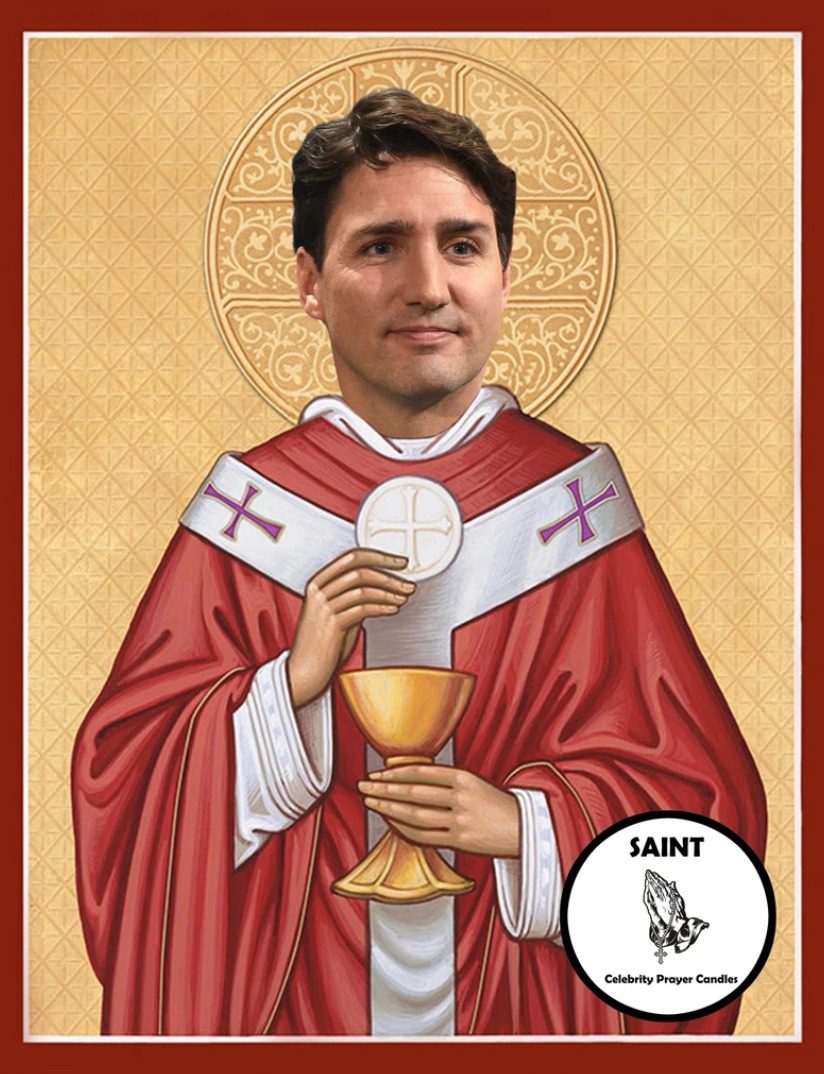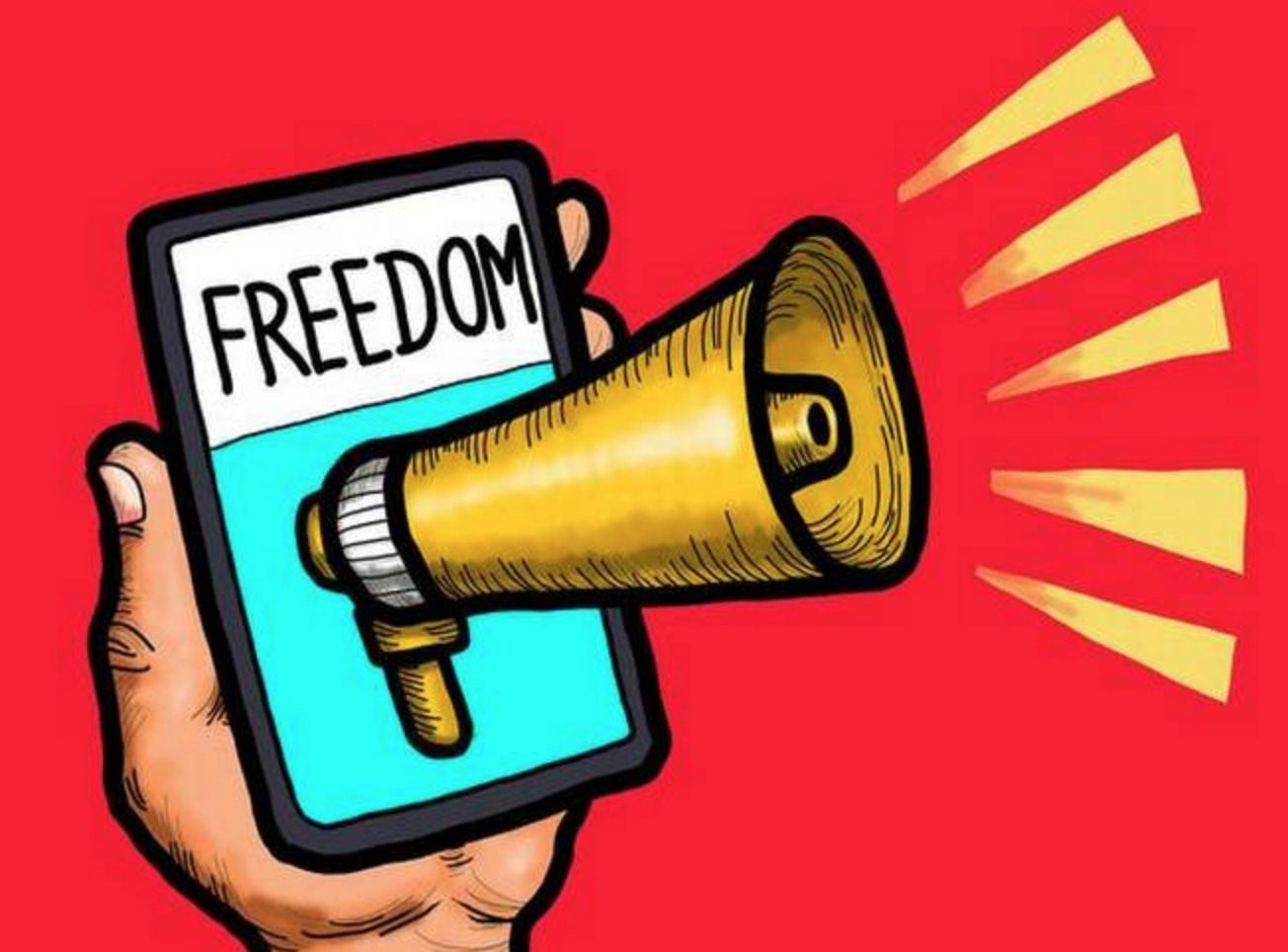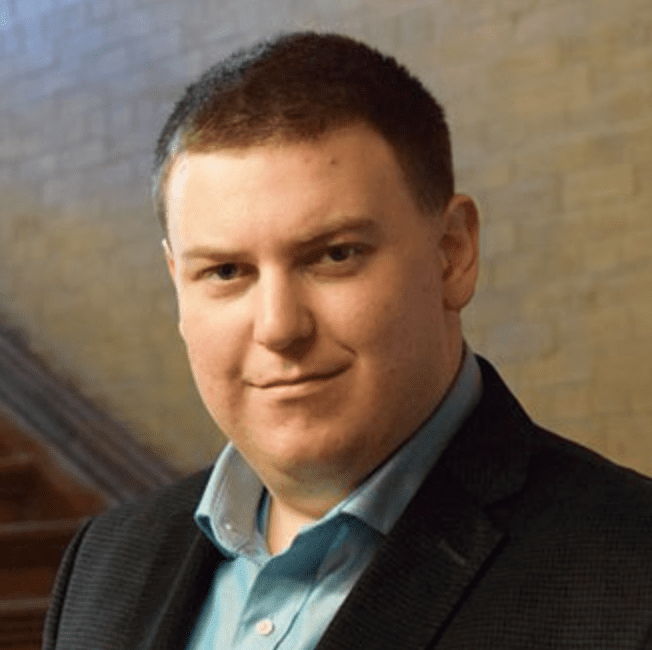If there's one thing which annoys Canadian conservatives, (and lots of things do) it's how the media seems to treat Prime Minister Justin Trudeau with kid gloves.
How many times have you heard a disgruntled conservative say something along the lines of "Imagine the media reaction if Harper had done that"?
And actually, I think, there's something to this complaint.
Yes, journalists might occasionally raise an eyebrow or two at Trudeau's various misdeeds and scandals SNC-Lavalin, WE Charity, blackface, etc. — but they rarely exhibit the kind of over-the-top outrage which they exhibited towards Conservative Prime Minister Stephen Harper whenever he got embroiled in some sort of alleged wrongdoing.
Remember the Mike Duffy scandal? At the time, the media treated it as if it was the greatest governmental offense since the Watergate hotel got burglarized.
By contrast, the media tends to downplay or eventually forgive Trudeau's misbehaviour.
So, what's going on here? Why can't the media stay mad at Trudeau?
Some might argue the media is simply infested with Liberal partisans, but I'd argue it's actually something more, something deeper.
In my view, the media tends to be more reverent and deferential towards Trudeau because they don't view him as a regular politician; rather they see him as a kind of secular progressive saint.
OK, I know that sounds crazy, but hear me out.
My point is, whether wittingly or not, Trudeau has basically come to personify the political orthodoxy of the world's cultural, corporate and media elites, making him a living symbol of trendiness.
Name any trendy cause or issue that's celebrated and embraced by the Establishment, and you'll find Trudeau to be its most ardent and vocal champion: feminism, wokism, globalism, environmentalism, Black Lives Matterism and whatever other cause is currently being promoted in Hollywood or on University campuses.
He rarely goes off script.
So, in a sense Trudeau transcends ordinary politics; his values, his views, his morals all make him the embodiment of what the ruling classes consider a "perfect leader", he's what the Establishment hopes will be the future.
As a result, the media doesn't judge Trudeau in the same way it evaluates ordinary mortal politicians.
In other words, they don't rate the prime minister on mundane stuff like job statistics or on the size of the deficit or on the efficacy of his COVID vaccine procurements or how many scandals have erupted on his watch.
Trudeau is evaluated not on what he does or on what he accomplishes but on what he represents. (The same thing could be said, by the way, about American President and perennial media darling, Barack Obama.)
As long as Trudeau continues to represent a progressive ethos, the media will always shy away from being too critical of him, because otherwise they might come across as being on the "wrong side of history."
In short, journalists would rather give Trudeau a pass than look unfashionable.
Also, important to note, is that the media's sanctification of Trudeau's moral agenda directly impacts Canada's Opposition parties, as it makes them less likely to openly oppose Canada's Liberal messiah.
Consider, for instance, how during federal elections the NDP seems to pull its punches when dealing with Trudeau, preferring instead to hammer away at the Conservatives.
It doesn't matter that this approach is strategically unsound since New Democrats and Liberals are actually fighting over the same voter turf, all that matters is the NDP doesn't want to be tarnished in the media as "helping the Conservatives."
Heck, even the Conservatives seem reluctant to get too aggressive when going after Trudeau.
Indeed, under the leadership of Erin O'Toole, the Conservative Party has seemingly altered its principles, so it can prove to the media that it can be just as hip and progressive as Trudeau when it comes to issues like fighting climate change.
Unfortunately, for both the NDP and Conservatives, I sincerely doubt they'll ever woo the media away from Saint Justin.
Photo Credit: Celebcandle.com








